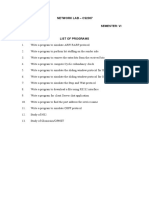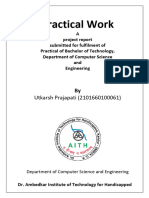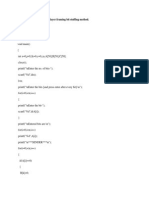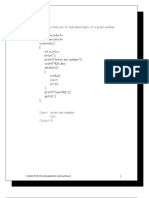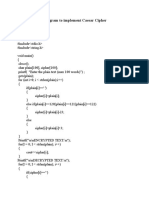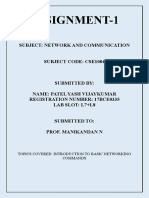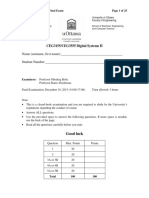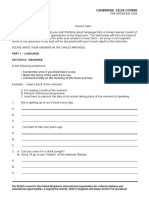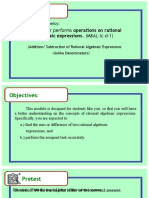0% found this document useful (0 votes)
73 views6 pagesIP Addressing & Subnetting Guide
The document is a student assignment submission for a networking and communication course, covering the topic of classless IP addressing. It includes code to take an IP address and subnet mask as input, calculate the binary representation, and determine the first address, last address, and total number of addresses in the subnet. The code then implements subnetting concepts for an organization by taking the organization's address and mask, number of subnets needed, and addresses required for each subnet to output the subnet ranges.
Uploaded by
Yash PatelCopyright
© © All Rights Reserved
We take content rights seriously. If you suspect this is your content, claim it here.
Available Formats
Download as PDF, TXT or read online on Scribd
0% found this document useful (0 votes)
73 views6 pagesIP Addressing & Subnetting Guide
The document is a student assignment submission for a networking and communication course, covering the topic of classless IP addressing. It includes code to take an IP address and subnet mask as input, calculate the binary representation, and determine the first address, last address, and total number of addresses in the subnet. The code then implements subnetting concepts for an organization by taking the organization's address and mask, number of subnets needed, and addresses required for each subnet to output the subnet ranges.
Uploaded by
Yash PatelCopyright
© © All Rights Reserved
We take content rights seriously. If you suspect this is your content, claim it here.
Available Formats
Download as PDF, TXT or read online on Scribd
/ 6















